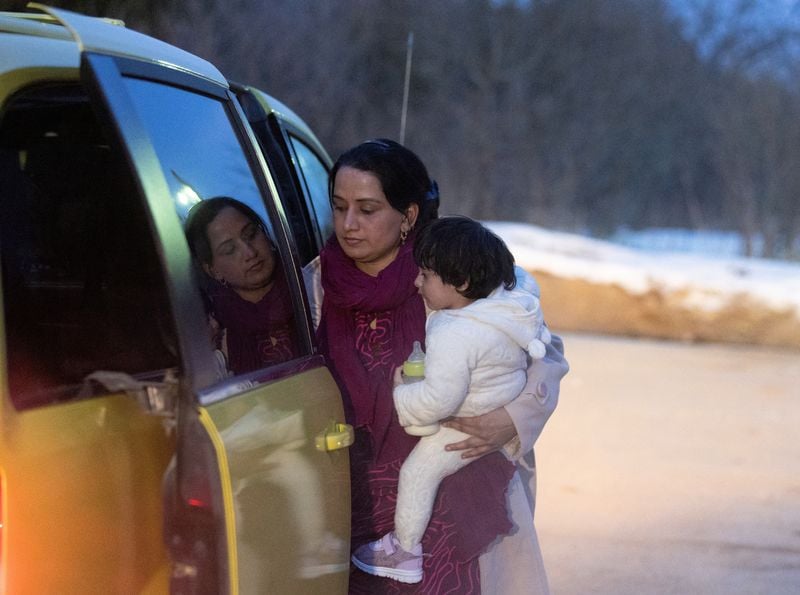TRENTON, NJ – New Jersey Governor Phil Murphy is at a crossroad and he needs to figure out a plan before the impending migrant crisis in New York City and other major cities becomes a real New Jersey problem. Murphy, a champion of New Jersey’s sanctuary state designation, has a problem.
As busloads of migrants continue entering New Jersey, the governor has expressed his displeasure with the practice of sending migrants from the U.S. southern border to his state. He declared that New Jersey could not afford to house and care for thousands of new migrants.
That declaration contradicts the governor’s first six years in office.
New Jersey was declared a sanctuary state on March 15, 2019, following a directive issued by state Attorney General Gurbir Grewal on November 29, 2018. This directive, a landmark move by the state’s government, effectively limited the cooperation between state and local law enforcement agencies with federal immigration authorities. New Jersey’s Attorney General, appointed by Democratic Governor Phil Murphy, took a decisive step that marked the first instance of a state being transformed into a sanctuary for illegal immigrants through the unilateral executive action of a non-elected official. This directive outlined strict prohibitions, including stopping or detaining individuals based solely on their immigration status, among other restrictions aimed at limiting participation in federal immigration enforcement.
Phil Murphy’s Stance Amidst the Migrant Crisis
Despite New Jersey’s sanctuary status, recent developments have underscored the complexities and challenges associated with the broader U.S. migrant crisis. Governor Phil Murphy, who had initially supported the sanctuary state concept, has expressed concerns about New Jersey’s capacity to accept migrants being bussed from the southern border. This change in stance highlights the intricate balance between offering sanctuary and addressing the practical implications of a significant influx of migrants, including housing and resource allocation challenges.
The Broader U.S. Migrant Crisis
The United States is grappling with a migrant crisis that extends beyond state borders, encompassing issues of national policy, international relations, and humanitarian considerations. The crisis is characterized by an increase in migrants arriving at the southern U.S. border, creating pressures on local communities, state resources, and the national immigration system. States designated as sanctuaries face unique challenges, including providing housing and other essential services to migrants amidst legal and political debates over immigration policy and enforcement.
Conclusion
New Jersey’s designation as a sanctuary state and the subsequent challenges presented by the migrant crisis reflect the ongoing debate over immigration in the United States. The state’s efforts to offer protection and support to immigrants, while navigating the complexities of federal immigration law and the practicalities of assisting a growing number of migrants, underscore the multifaceted nature of the issue. As New Jersey and other sanctuary states continue to adapt to the evolving situation, the broader conversation on immigration reform and migrant support remains a pivotal aspect of national discourse.

